
OR
NPC targets to generate 11,769 MW of electricity in next five years
Published On: December 26, 2023 07:15 PM NPT By: Himal Lamsal

Draft of 16th Plan focuses on hydropower sector
KATHMANDU, Dec 26: In the second draft of the 16th Plan (Fiscal Year 2024/25-2028/29), the National Planning Commission (NPC) has set a target of generating 11,769 megawatts of electricity in the next five years.
In the second draft of the 16th plan prepared by the NPC, the target is to produce about 8,000 megawatts of electricity during the period from FY 2024/25 to 2028/29.
According to the NPC, the installed power capacity was 1,250 MW till the fiscal year 2018/19, but by the 15th plan, the target was to reach 5,820 MW capacity. It was not possible to produce electricity according to the target.
Mohan Kumar Dangi, senior vice president of the Independent Power Producers Association Nepal (IPPAN), said that the NPC is developing ambitious plans but not implementing them.
“Most of the goals set by the 15th plan in the hydropower sector have not been met,” he said, “Again, the proposals of the 16th plan have included similar themes. Therefore, it is necessary for the NPC to bring the goals of the 16th plan which can be fulfilled.”
By 2022/23, about 2,767 MW of electricity has been produced. In the proposed draft, the NPC has set a target of increasing the power generation capacity from 2,767 MW to 11,769 MW by the fiscal year 2028/29.
In the proposed draft, the NPC aims to make 98 percent of electricity access to 100 percent. By 2028/29, the NPC has set a target to increase per capita electricity consumption from 380 kilowatt-hours (units) to 700 units.
Similarly, in the 15th Plan, it was mentioned that per capita consumption will be increased from 245 to 700 units. Now in the 16th Plan, the target is to increase from 380 to 700 units.
Senior Vice President Dangi said that the per capita electricity consumption target of the 15th Plan and 16th Plan has been kept the same.
The NPC has set a target to reduce the 13.46 percent electricity leakage in the 16th plan to 10.80 percent in the next five-year plan.
The NPC has set a target of 9,356 circuit kilometers of transmission lines of 66 KV or above in 2028/29. So far, there are 5,742 circuit kilometers of transmission lines.
The hydropower sector is currently creating 96,000 jobs. A target of 400,000 has been set within the next five years. The NPC aims to export 5,500 MW of electricity by the end of the 16th plan. Currently, 450 MW of electricity is being exported.
The NPC aims to increase the share of renewable energy from 4.69 percent to 10 percent. Currently, Rs 9 billion foreign currency is earned through electricity export, and the goal is to increase it to Rs 41 billion.
In the draft of the 16th Plan, the NPC has adopted a policy of increasing government investment for the development and expansion of the energy sector.
Likewise, cooperation with the private sector and internal and foreign investment will be promoted. An energy development roadmap and action plan will be prepared and implemented. The policy of expanding domestic and international transmission lines is going to be taken forward.
Similarly, to increase the export of electricity while maintaining the quality of the distribution system, it has been mentioned that bilateral/multilateral trade agreements with India, China, and Bangladesh will be speeded up in the construction of international transmission lines.
The NPC is going to adopt a policy to promote renewable energy in its draft. The NPC is going to adopt a policy to increase the share of renewable energy in the total energy consumption.
The draft mentions the implementation of renewable energy and energy efficiency programs through the mobilization of climate finance. In the same way, providing alternative energy to places without electricity service, using new technology, and producing energy from waste have been included in the draft plan.
The NPC’s draft document mentions the involvement of the private sector in the electricity business but does not mention how to do so. On the other hand, there is a program to increase investment in energy, but there is no mention of how to make the private sector participate in it and what kind of policy will be made for it.
It is necessary to bring a clear policy to promote the private sector, which currently produces more than two-thirds of electricity and has 80 percent of the projects currently under construction.
The problem of transmission lines is mainly seen in the quality distribution and business of electricity. Similarly, since the Nepal Electricity Authority (NEA) has a monopoly on transmission, distribution, purchase, and procurement, there is a situation in which private sector hydropower projects in which the public has a large investment are wasting electricity during rains.
This base paper mentions the problem of transmission lines but does not mention the involvement of the private sector for this. It seems necessary to come up with a policy to involve the private sector not only in production but also in research, transmission, distribution, trade, and procurement.
When the government's development expenditure is decreasing and there is no condition to invest in sufficient infrastructure, it is too late to involve the private sector in electricity procurement, distribution, purchase, transmission, etc.
While the private sector is able to build projects from small to large, it is necessary to make a new arrangement so that only projects above 500 megawatts are built by government agencies and foreign investors. For this, it is necessary to make a legal arrangement so that private sector developer companies can jointly build hydropower projects.
You May Like This
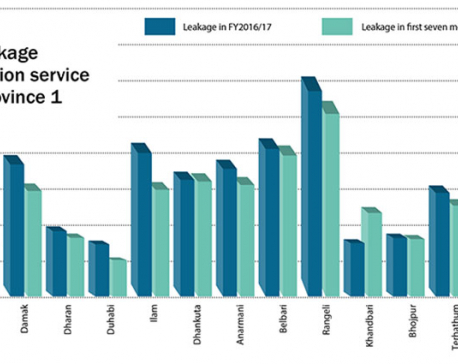
Electricity leakage in Province 1 down by 4 percentage points: Nepal Electricity Authority
KATHMANDU, March 14: Leakage and technical loss of electricity in Province 1 has decreased by 3.91 percentage points to 13.74 percent... Read More...

NPC fixes budget ceiling at Rs 1.688 trillion for next FY
KATHMANDU, Feb 25: The National Planning Commission (NPC) has fixed the ceiling for the budget of the fiscal year 2023/24... Read More...

Young economist Wagle to lead NPC
KATHMANDU, August 3: The government has appointed young economist Dr Swarnim Wagle as the Vice-Chairman of the National Planning Commission... Read More...






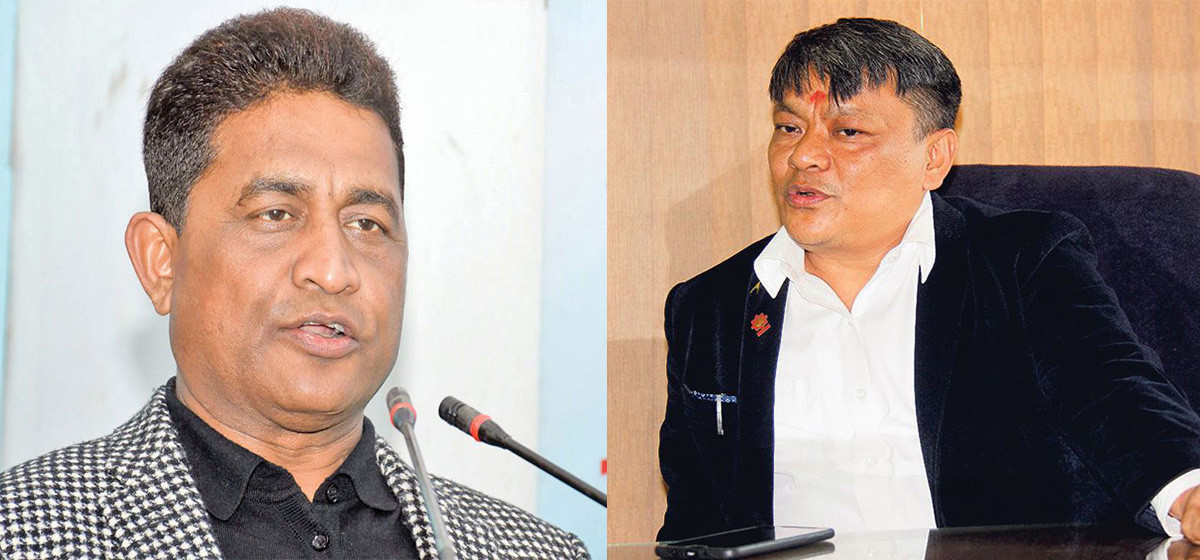
Just In
- West Indies 'A' sets Nepal a target of 205 runs
- Parliamentary committee directs govt to provide electricity tariff subsidies to cold storage facilities
- Former DoTM employee Bhatta arrested in connection with illegal license issuance case
- One killed in a fire incident in Dadeldhura
- JSP Central Executive Committee meeting being held today to discuss national convention representative election guidelines
- KMC adjust office hours, services now start at 9AM
- Five-match T20 series: first match between West Indies 'A' and Nepal starts today
- Govt yet to pay Rs 60 billion to contractors







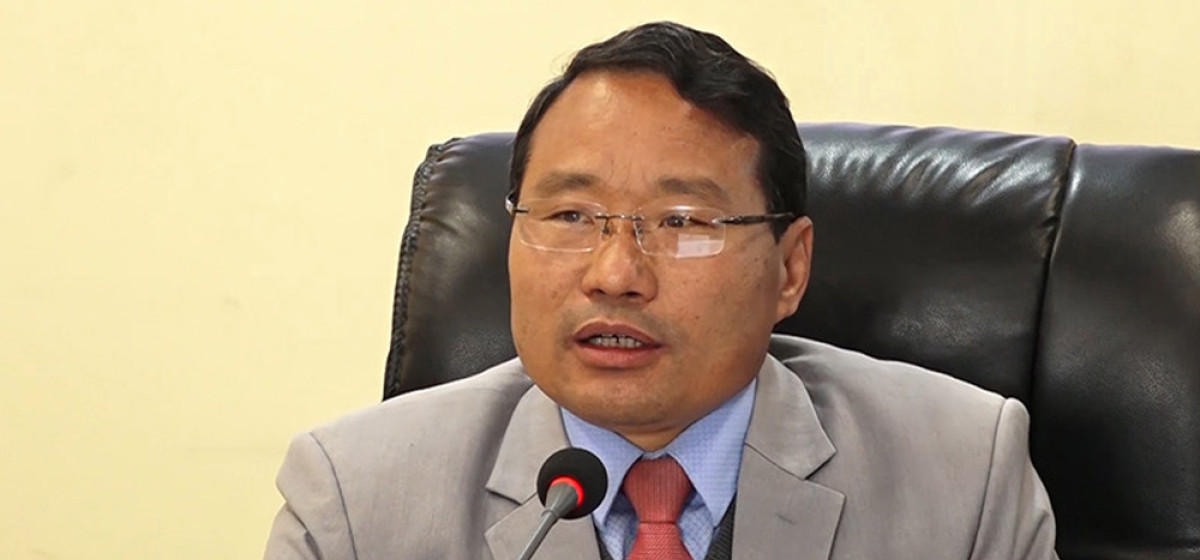
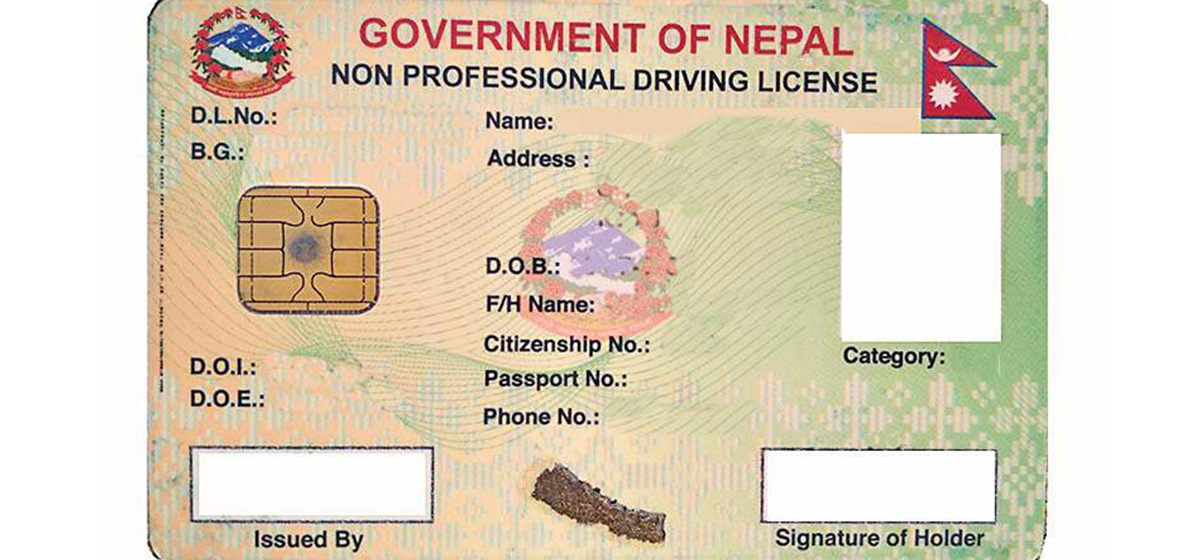
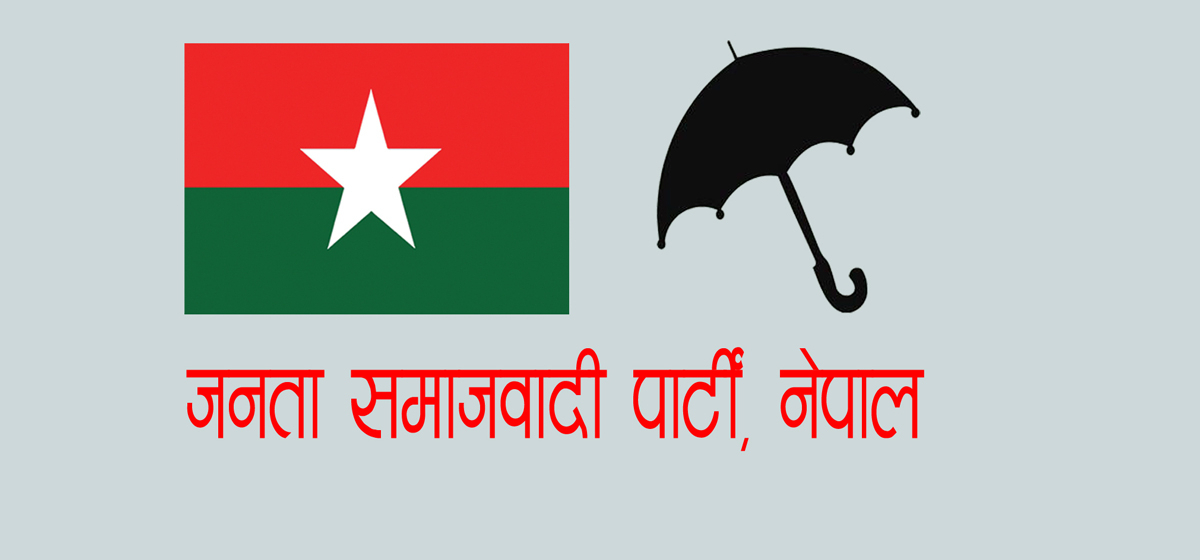

Leave A Comment